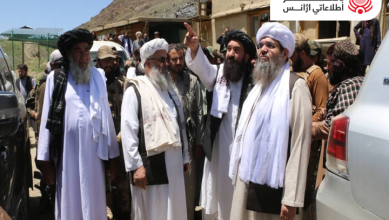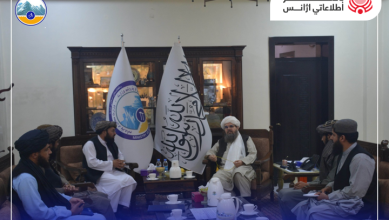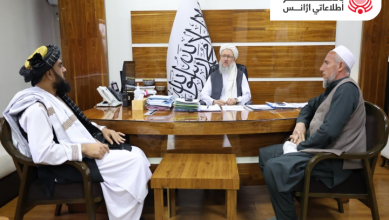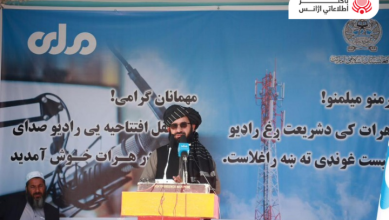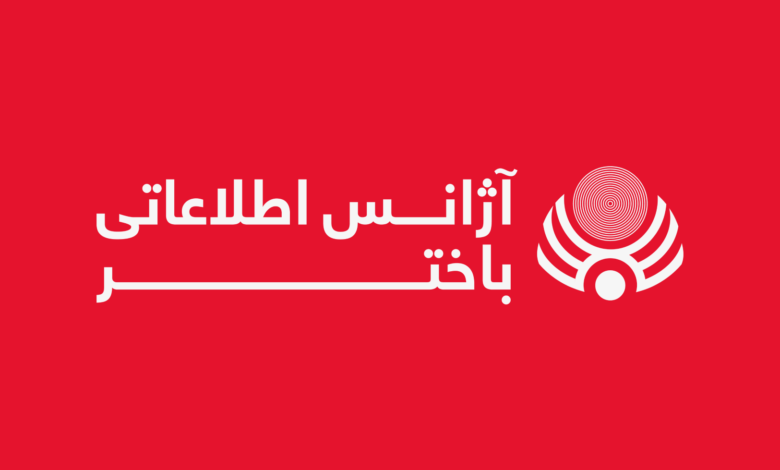
Tuesday August 12, 2014
Kabul (BNA) Hidden Treasures from the National Museum of Afghanistan, Kabul is an exhibition based on nearly 230 objects drawn from a series of remarkable archaeological discoveries in Afghanistan, subsequently heroically preserved from the destruction wrought by war. The ancient lands of Afghanistan were at the crossroads of Central Asia, and the exhibition is testament to the region’s importance in the exchange of goods and ideas between Asia and the Mediterranean. Ranging in dates from 2200 BCE to 200 CE, the objects include fragmentary gold bowls from Tepe Fullol; in northern Afghanistan, bronze, ivory, stone and terracotta objects from the site of the Hellenistice city Ai Khanum; bronzes, carved ivory and exquisite blown glass from Begram; and the astonishing gold artifacts of the Bactrian Horde’-material from the graves of six Bactrian nomads discovered at Tillya Tepe in 1978.
Objects excavated from the nomadic necropolis of Tillya Tepe include (among many others) the famed “Crown of Tillya Tepe” dating from the 1st century CE, the mostly gold and turquoise ornament for the neck of a robe and exquisite gold and turquoise boot buckles decorated with the image of a carriage drawn by dragons. The most spectacular collection belongs to ‘hill of gold’ (Tillya Tepe), where the graves of a man and five women were found, all of them bedecked in spectacular golden jewelry. This northern region was once known as Bactria. The people in the graves were nomads and the 5 youngish women may be victims of human sacrifice, sent to accompany the man into the next world, though there is no proof of this in the skeletal evidence. These ‘Treasures of Bactria’ are said to contain more gold than was found in Tutankhamen’s tomb (Though admittedly a lot of other things were also found in his tomb), and it’s remarkable that they have survived since they were dug up in the 1970s, hidden during the Taliban period in a vault of the Central Bank under the Presidential Palace.
The last section of objects weren’t so lucky. Unlike gold, ivory can’t be melted down, which is why it sometimes survives when other treasures are recycled for war, but it is also fragile. At Begram, a trading post on the Silk Road, French archaeologists found a merchant’s warehouse. Two of the rooms were full of trade goods from both east and west, including an extraordinary carved seat decorated with ivory panels depicting bare breasted women. These took a beating during the Taliban period, but they are still remarkable. For decades many of these objects were thought lost, assumed to be casualties of the years of conflict and destruction of cultural heritage that ravaged Afghanistan prior to the overthrow of the Taliban in November 2001. Located on the outskirts of Kabul, that National Museum of Afghanistan found itself on the frontline of battles that raged around the city when the Taliban took control in 1993.
The museum building was shelled and objects, inventories and records were destroyed. Amid the chaos, museum staff risked their own safety to salvage what they could. At various times collections of the National Museum were stored in abandoned houses, the basement of the Kabul Hotel and the Ministry of Information and Culture. The museum’s tahwildars (or “key holders”) had also secreted many of the National Museums’ most precious items, including the Bactrian Horde of Tillya Tepe, in boxes inside the vault of the Central Bank. Following the expulsion of the Taliban from Kabul in November 2001, work commenced on locating the “Hidden Treasures” this was partly sponsored by a grant from the National Geographic Society which allowed archaeologists such as Frederick Hiebert and Viktor Sarianidi to return to Kabul and discuss opening up the “Hidden Treasures” with Director of the National Museum, Omara Khan Masoudi in presence of MoIC Minister Dr. Sayeed Makhdom Raheen. Following approval by the Afghan Parliament, the treasured artifact’s travelled from Kabul to the Musee Guimet in Paris, where curatorial staff provided object conservation and preparation for a public exhibition that subsequently toured to Turin, London, Amsterdam, North America and Norway. It is currently on a two year tour of four Australian venues. Afghanistan: Hidden Treasures from the National Museum, Kabul will be on show at the Western Australia Museum-Perth, from 26 July to 16 November. This will be the last chance to see the exhibition in Australia.

